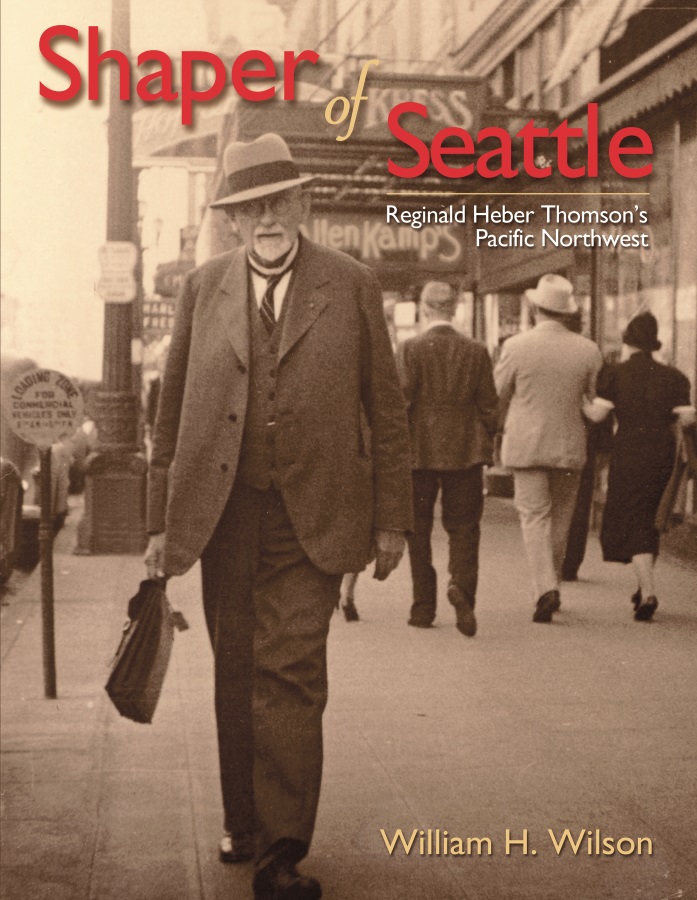Free shipping on orders over $50

William H. Wilson
As author William H. Wilson researched the subject of an earlier biography, Seattle city engineer Reginald Heber Thomson, he repeatedly saw another name—Asahel Curtis.
His curiosity steered him to a new six-year project, and also to papers at the University of Washington. He found the documents there both fascinating and frustrating. They held an abundance of information on the tangled difficulties of Mount Rainier National Park’s West Side and Carbon River roads, but almost nothing about the Curtis’ first forty years. The records left large gaps related to the estrangement from his famous brother Edward, details of business relationships, and—in an unusual decision for someone so involved in the Good Roads movement—his choice to not drive a car.
Fortunately, Wilson discovered a series of candid letters Curtis’ daughter Betty wrote to biographer Archie Satterfield. Little-used at the time and now in a University of Alaska Fairbanks collection, the correspondence provided a window into the photographer’s business activity and family life, and allowed a delighted historian to complete his manuscript.
William H. Wilson is a professor emeritus of history at the University of North Texas and a seasoned researcher and author. He has served as president of the Society for American City and Regional Planning History, and is a member of several other history associations. He received the Lewis Mumford Prize for the Best Book on American Planning History, and the Association of American Publishers’ Architecture and Urban Planning Outstanding Book of the Year. His previous titles include: “Shaper of Seattle;” “The City Beautiful Movement;” and “Railroad in the Clouds.”
Showing the single result
